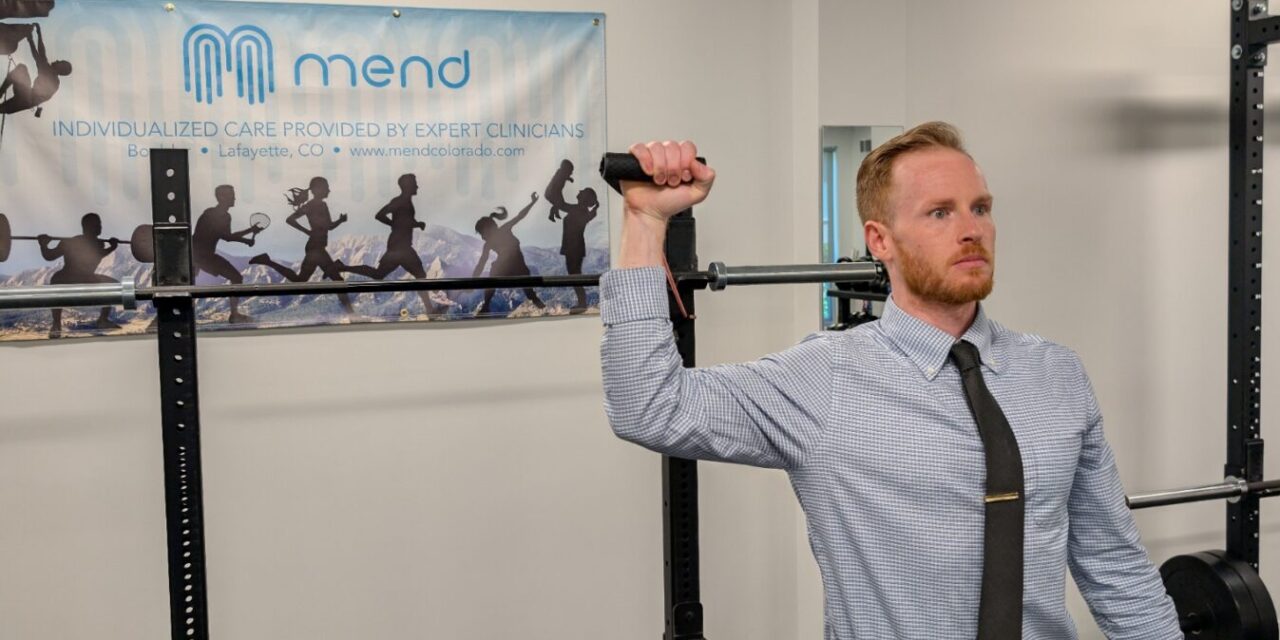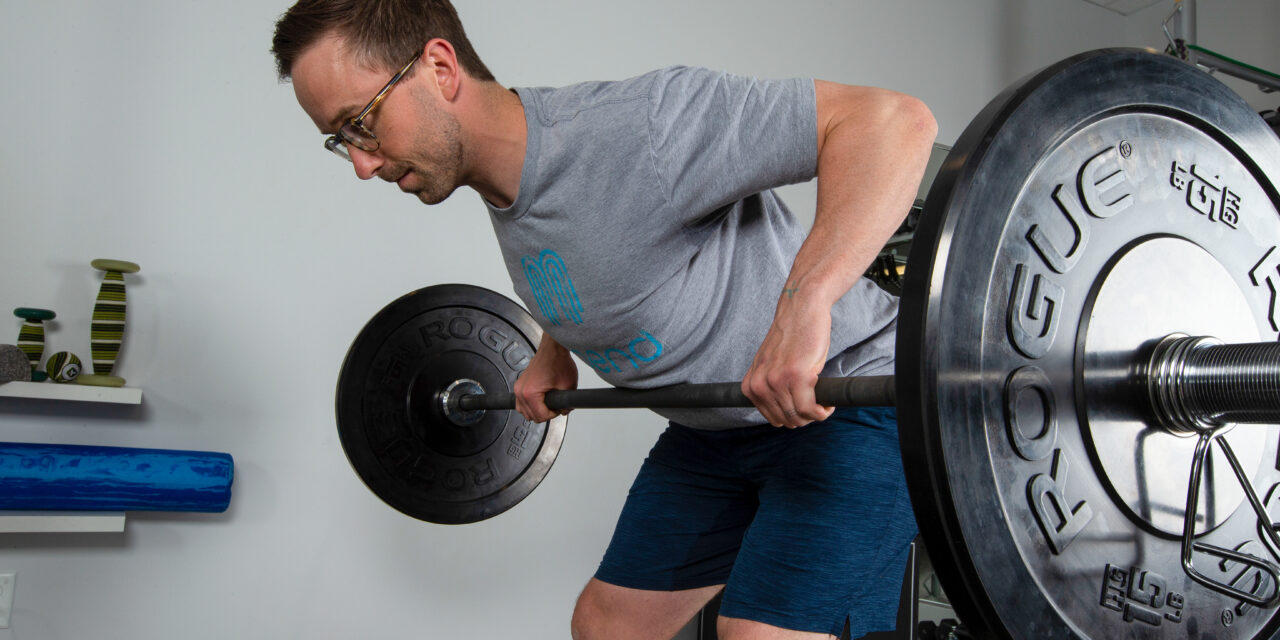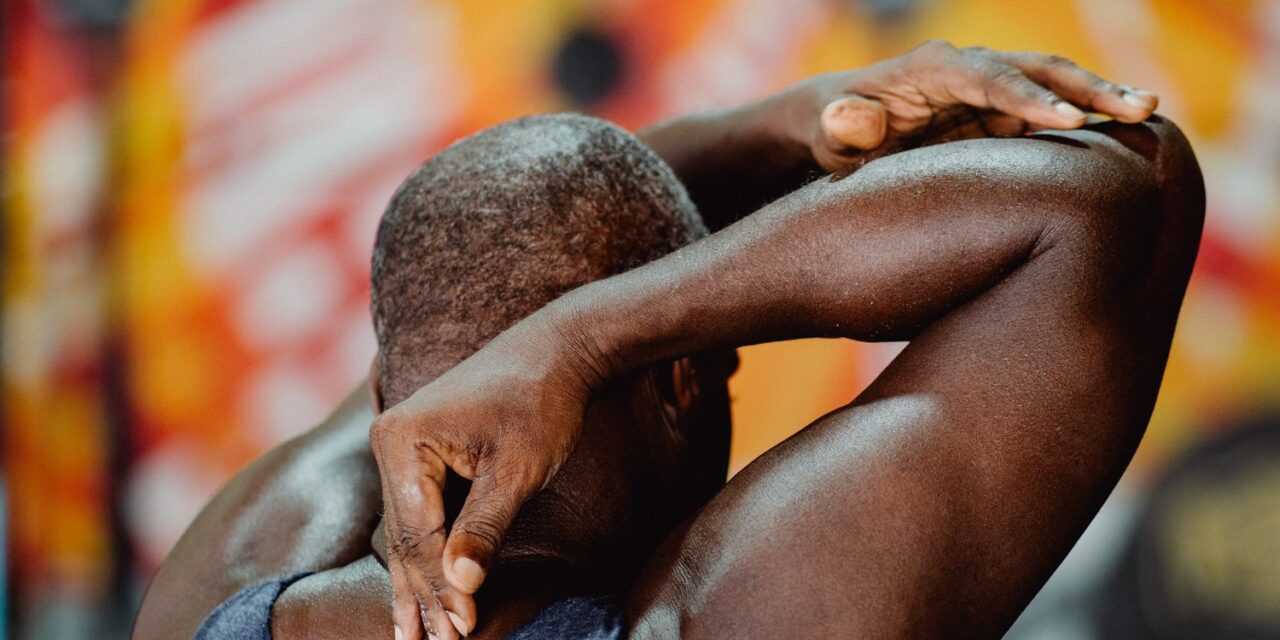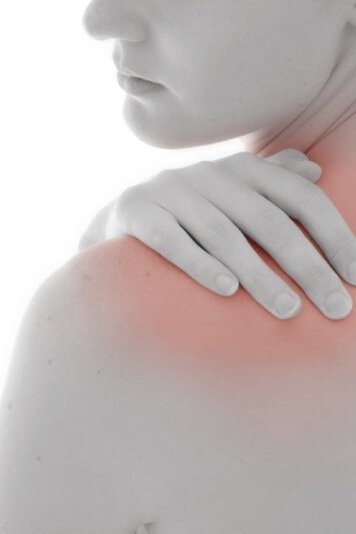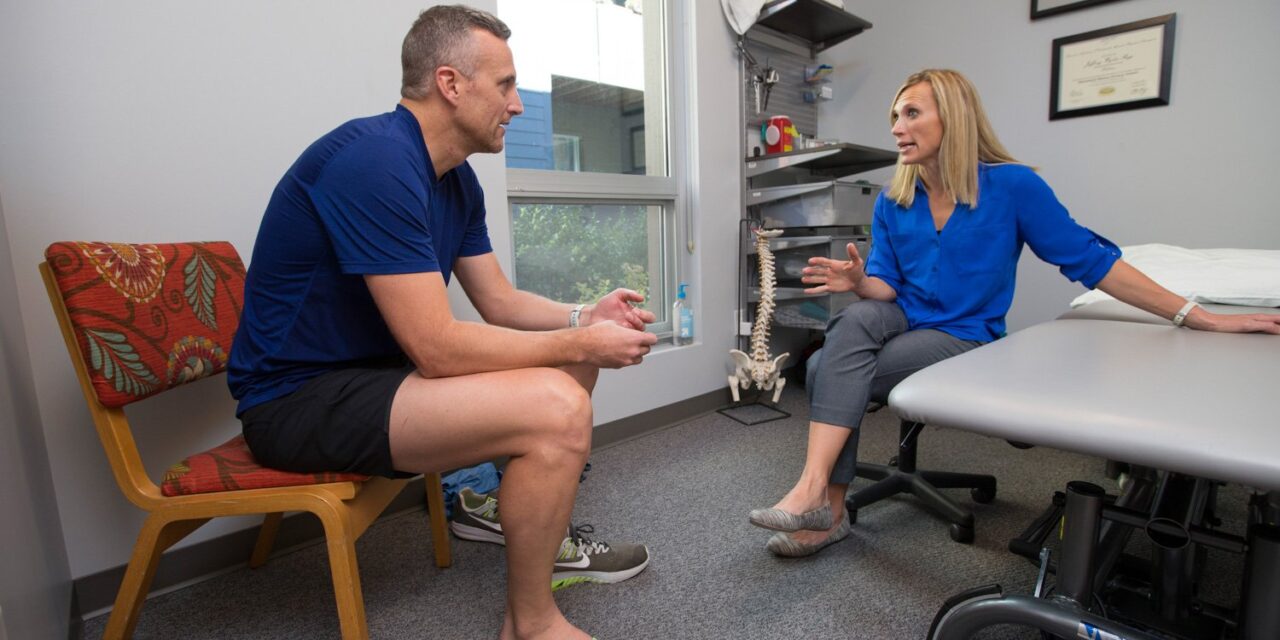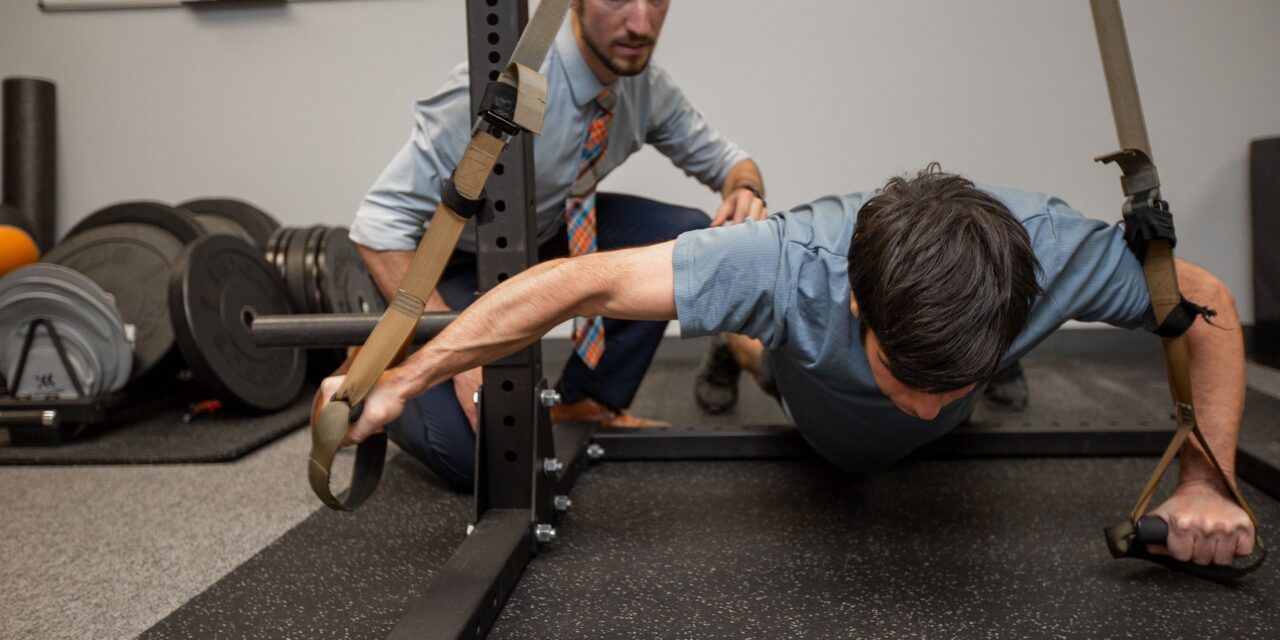MRI technology continues to improve with each new version in the market place. These improvements have allowed the imaging technology to better define the structures in the body. In the musculoskeletal system these technologies have allowed clinicians to identify injured tissues which may contribute to a patient’s painful presentation. MRIs have also been shown to...
Dr. Ian Nay, PT, DPT, OCS Shoulder pain is one of the most common musculoskeletal disorders that we see at MEND, and in fact, will affect about 25% of all individuals at some point in their lives (1). Pain-relieving injections such as cortisone or corticosteroids have traditionally been used as a first-line treatment for shoulder...
Shoulder pain is one of the most common reasons patients seek care from their primary care physician and Physical Therapist. In our Boulder Physical Therapy and Lafayette Physical Therapy offices we successfully treat many shoulder conditions including rotator cuff tears, shoulder impingement, and tendinitis/tendinopathy. Half of all shoulder conditions involve the tendons of the rotator...
In our Lafayette Physical Therapy and Boulder Physical Therapy clinics we often have my patients ask whether a steroid injection is appropriate for managing their symptoms of tendon pain. This question does not have a simple answer. While corticosteroids can be effective for pain relief and inflammation control there are underlying physiological changes that happen...
There is an old saying in medicine “the difference between pathology and pain is the patient”. In our Boulder Physical Therapy and Lafayette Physical Therapy clinics this is shown in the interpretation of MRI results. As these images have become more and more sensitive they rarely miss anything in the body, but often find pathology...
Rotator cuff tears are a common injury in middle to older aged adults seen in our Boulder Physical Therapy and Lafayette Physical Therapy clinics and can be atraumatic or traumatic in nature. Traumatic rotator cuff tears often occur following a fall, acute sports injury, or can be an acute on chronic tear in nature. This...
Evidence Does Not Support Utilization Of Surgery Over Physical Therapy For Most Musculoskeletal Conditions
July 20, 2022
The vast majority of musculoskeletal conditions and diagnoses are not life threatening or time sensitive and allow for conservative treatments, including Physical Therapy, to be utilized prior to surgery. In our Boulder Physical Therapy practice we commonly see outcomes consistent with the current research on the utilization of Physical Therapy instead of surgery for common...
Large full Thickness Rotator Cuff Tears Which Remain Symptomatic Are Most Likely To Progress Without Surgery
July 16, 2022
Physical Therapy has been shown to be equally effective to surgery for some types of rotator cuff tears up to 5 years after diagnosis. In our Boulder Physical Therapy practice, many of our patients with rotator cuff tears do very well without surgery and are able to return to full function after treatment. Patients with...
Early Physical Therapy After Rotator Cuff Repair Is Associated With Improved Mobility And Outcomes
July 16, 2022
Rotator cuff repair is a common surgical procedures for middle to older age adults who reports shoulder pain and significant limitations in daily and recreational activities despite a course of early Physical Therapy. Early treatment by a Boulder Physical Therapist can prevent the need for surgery after a rotator cuff diagnosis, but in some individuals...
The subscapularis is the largest and strongest of the rotator cuff muscles. Its primary function is shoulder internal rotation and it plays a critical role in stabilizing the front aspect of the shoulder during climbing movements. The subscapularis is the least commonly injured muscle of the rotator cuff, but is still prone to pain and...


